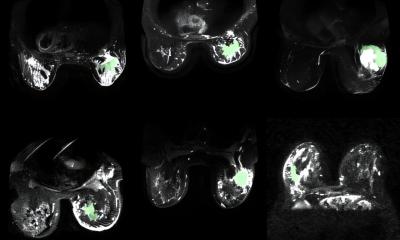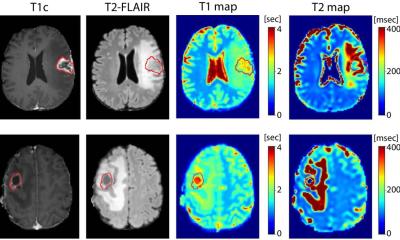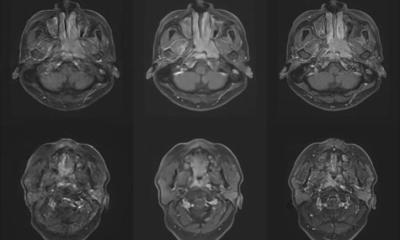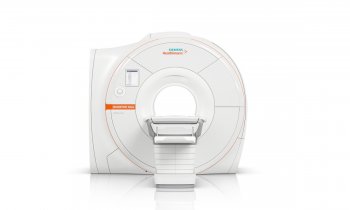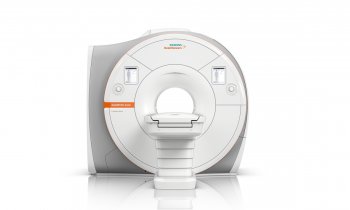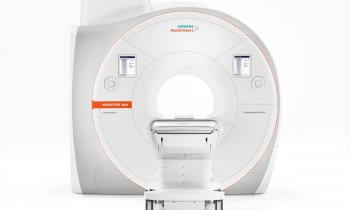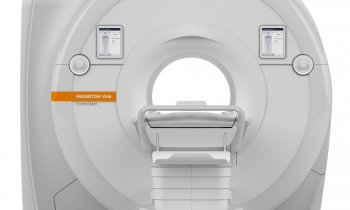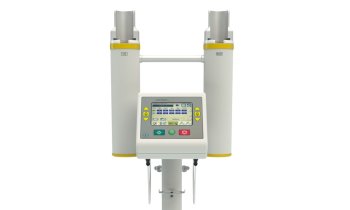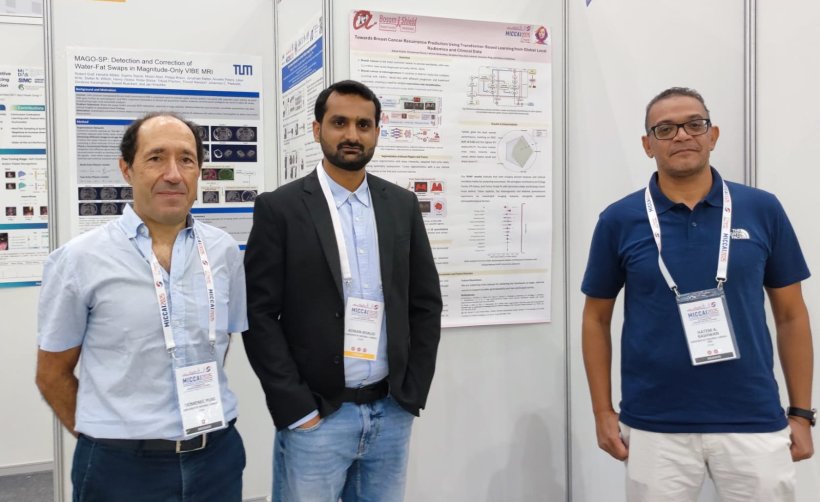
Image source: Universitat Rovira i Virgili
News • Transformer-based learning from radiomics and clinical data
New AI model improves prediction of breast cancer recurrence
A research team led by the Universitat Rovira i Virgili (URV) has developed a system that combines clinical and magnetic resonance data to better identify the risk of tumour recurrence
Breast cancer is the most commonly diagnosed form of cancer in the world among women, with more than 2.3 million cases a year, and continues to be one of the main causes of cancer-related mortality. Precisely predicting whether this type of tumour will reappear remains one of the key challenges in oncology. To try and make progress in this field, an international team led by the Universitat Rovira i Virgili has developed an artificial intelligence model that brings together medical imaging data and clinical information to calculate the risk of tumour recurrence in a much more accurate and interpretative way.
The team's conference paper is available in Lecture Notes in Computer Science.
This sensitivity is key, as it allows us to reduce false negatives and prevents us from overlooking patients who may need monitoring or additional treatment
Domènec Puig
The new system combines two sources of information, namely dynamic magnetic resonance imaging with contrast and the clinical data of each patient. Unlike existing systems, which only analyse the specific characteristics of the tumour, this new approach also takes into account other variables such as the surrounding breast tissue. This global view allows the model to capture very subtle patterns, such as symmetry between the two breasts or the internal texture of the tumour, which are associated with a higher probability of relapse.
The model works completely automatically: first it segments the resonance images, then it selects the most relevant characteristics (shape, intensity and tissue variations), before finally combining this information with medical data such as the type of tumour, the status of the hormone receptors or the degree of malignancy. All these elements are processed with a neural network model called TabNet, which is notable for its ability to analyse and interpret complex data.
In tests carried out on more than 500 patients, the model achieved a high level of overall accuracy - among the highest out of all the models tested so far - and demonstrated a greater ability to identify cases with a real risk of relapse. "This sensitivity is key, as it allows us to reduce false negatives and prevents us from overlooking patients who may need monitoring or additional treatment," explains Domènec Puig, the project's principal investigator.
Analysis of the results has also identified the most important factors involved in making a prediction: the (irregular) texture of the tumour, the symmetry (or lack thereof) between the two breasts and the status of the hormone receptors. These indicators have the potential to become useful new visual and medical tools in clinical decision taking.
Other advantages of the model are that it is scalable, interpretable and potentially applicable to hospitals without the need for invasive or expensive genetic tests. "In the future, we hope to validate this model with data from more medical centres to ensure its large-scale clinical application," says Domènec Puig.
The study has been conducted under the European Bosomshield project, which in turn is part of the Marie Skłodowska-Curie Doctoral Networks programme, and highlights how the collaboration between medicine and cutting-edge technology has the potential to make oncology more personalised and predictive.
Source: Universitat Rovira i Virgili
24.10.2025



